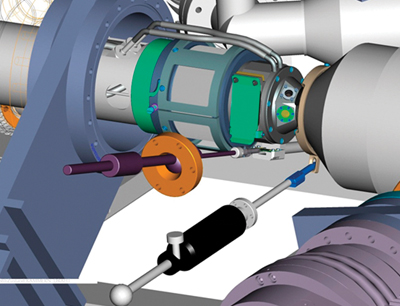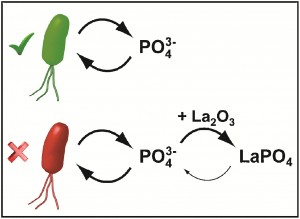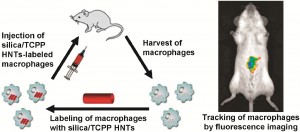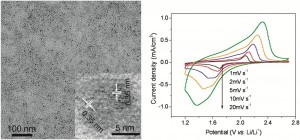The ChemComm–RSC Prizes & Awards Symposium jointly organised with the Dalton Division takes place at the University of Oxford on 23rd May with the theme of inorganic and supramolecular chemistry.
This is ChemComm’s second UK-based symposium and to celebrate we’ve made some of our best content free to access for a limited period.
We hope you enjoy these articles – but don’t delay! Free access only runs until 30th May.
Germanium/phosphorus cage compounds with germanium in three different oxidation states
Stefan Almstätter, Gábor Balázs, Michael Bodensteiner and Manfred Scheer
Chem. Commun., 2011, 47, 9998-10000
DOI: 10.1039/C1CC13937A
Selective gas sorption in a [2+3] ‘propeller’ cage crystal
Shan Jiang, John Bacsa, Xiaofeng Wu, James T. A. Jones, Robert Dawson, Abbie Trewin, Dave J. Adams and Andrew I. Cooper
Chem. Commun., 2011, 47, 8919-8921
DOI: 10.1039/C1CC12460A
Reversible anion-templated self-assembly of [2+2] and [3+3] metallomacrocycles containing a new dicopper(I) motif
Emily F. V. Dry, Jack K. Clegg, Boris Breiner, Daniel E. Whitaker, Roman Stefak and Jonathan R. Nitschke
Chem. Commun., 2011, 47, 6021-6023
DOI: 10.1039/C1CC11206F
Cleavage of dinitrogen to yield a (t-BuPOCOP)molybdenum(IV) nitride
Travis J. Hebden, Richard R. Schrock, Michael K. Takase and Peter Müller
Chem. Commun., 2012, 48, 1851-1853
DOI: 10.1039/C2CC17634C
Metal-free diastereoselective catalytic hydrogenations of imines using B(C6F5)3
Zachariah M. Heiden and Douglas W. Stephan
Chem. Commun., 2011, 47, 5729-5731
DOI: 10.1039/C1CC10438A
Activation of phosphorus by group 14 elements in low oxidation states
Shabana Khan, Sakya S. Sen and Herbert W. Roesky
Chem. Commun., 2012, 48, 2169-2179
DOI: 10.1039/C2CC17449A
Twisted molecular magnets
Ross Inglis, Constantinos J. Milios, Leigh F. Jones, Stergios Piligkos and Euan K. Brechin
Chem. Commun., 2012, 48, 181-190
DOI: 10.1039/C1CC13558A
Luminescent metal complexes of d6, d8 and d10 transition metal centres
Vivian Wing-Wah Yam and Keith Man-Chung Wong
Chem. Commun., 2011, 47, 11579-11592
DOI: 10.1039/C1CC13767K
Uranium-mediated activation of small molecules
Polly L. Arnold
Chem. Commun., 2011, 47, 9005-9010
DOI: 10.1039/C1CC10834D
Also of interest: Take at look at our web themes on Supramolecular Chemistry and Frontiers in Molecular Main Group Chemistry.





















